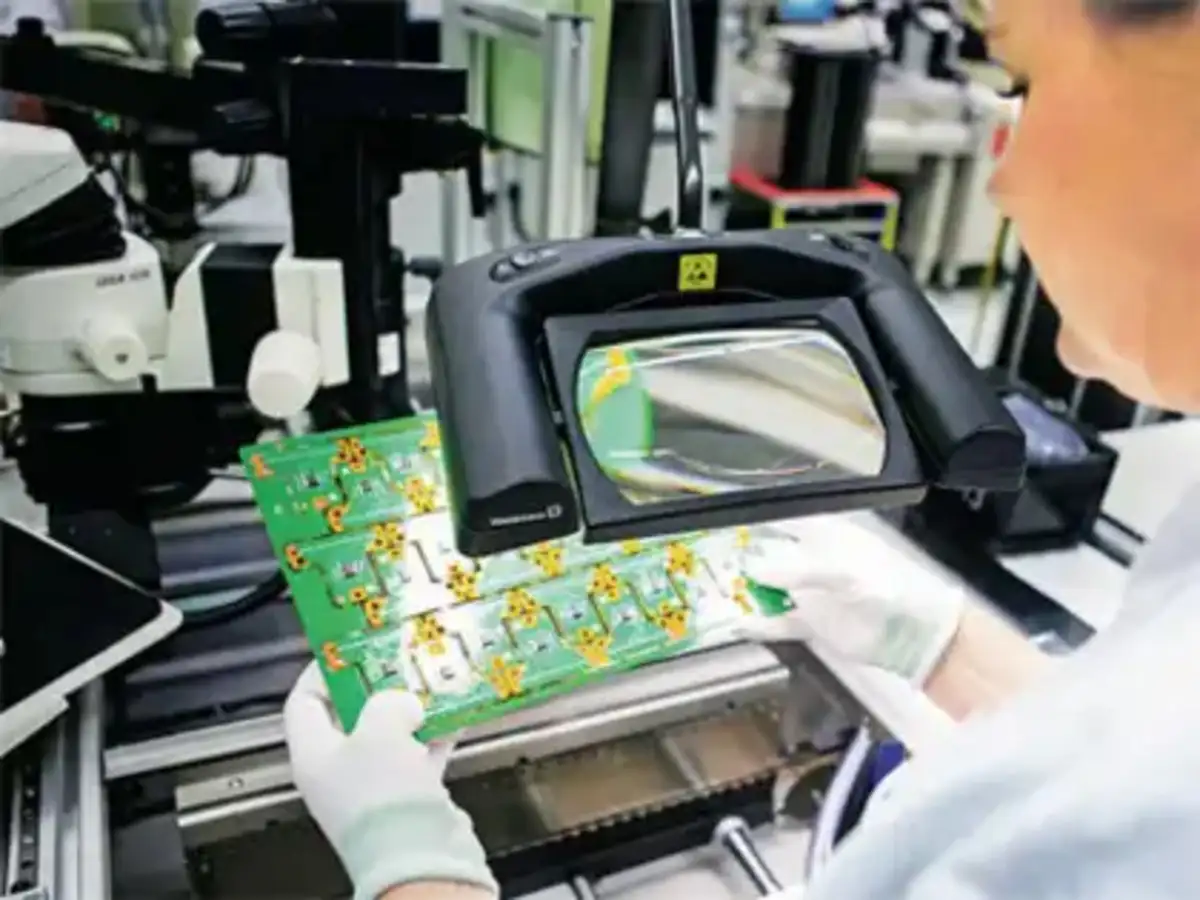

The global semiconductor industry is witnessing a significant shift, with crisis-hit companies increasingly eyeing India as a prime destination for strategic partnerships and manufacturing. Facing stiff competition, particularly from Chinese manufacturers, and grappling with financial challenges, these companies are seeking opportunities to revitalize their operations and tap into new markets. India, with its robust government incentives, a vast domestic market, and a growing talent pool, presents a compelling proposition for these firms.
Several factors are driving this trend. Firstly, the Indian government has made a strong commitment to developing its semiconductor sector, launching initiatives like the Semicon India Programme with a ₹76,000 crore (approximately $10 billion) outlay. This program provides financial support for investments in semiconductor fabrication, display manufacturing, and chip design, making India an attractive destination for global companies. The India Semiconductor Mission (ISM) is designed to operate with speed and flexibility, ensuring that infrastructure, water, power, and logistics requirements are met for fab projects.
Secondly, India's domestic semiconductor market is experiencing rapid growth. Valued at approximately $38 billion in 2023, it is projected to reach $45-50 billion by the end of 2025 and further expand to $100-110 billion by 2030. This growth is driven by increasing demand from sectors like telecommunications, automotive, data centers, consumer electronics, and industrial electronics. With over 1.2 billion mobile phone users and an expanding digital infrastructure, India's demand for semiconductor devices is set to increase.
Thirdly, geopolitical factors are also playing a crucial role. The COVID-19 pandemic exposed vulnerabilities in global supply chains, prompting countries to rethink their dependence on a few manufacturing hubs. As companies seek to diversify their supply chains and reduce geopolitical exposure, India emerges as a strategically independent and politically stable nation capable of meeting global demand at scale.
Several international companies have already recognized India's potential and are forging partnerships with Indian firms to establish manufacturing facilities. Micron Technology is investing $2.71 billion to set up an Assembly, Testing, Marking, and Packaging (ATMP) facility in Gujarat. Tata Electronics is building a $3.25 billion facility in Assam, which will be India's first indigenous OSAT plant. HCL and Foxconn have formed a joint venture to establish a semiconductor fabrication unit in Uttar Pradesh with an investment of $446 million.
Recently, the Union Cabinet approved four new semiconductor manufacturing units, bringing the total number of sanctioned projects to 10. These projects, with a combined investment of approximately $524 million, are expected to generate employment for over 2,000 skilled professionals and create indirect job opportunities across the electronics manufacturing ecosystem. SiCSem Pvt. Ltd, in collaboration with UK-based Clas-SiC Wafer Fab Ltd, will establish India's first compound semiconductor fabrication facility in Odisha.
However, challenges remain for India to fully realize its semiconductor ambitions. These include the need for enhanced incentives, a focus on research and development, and talent development. Despite these challenges, India's vision to become a global hub for semiconductors is within reach. The Union Budget 2025 has the potential to set a new course for India's leadership in critical technologies, firmly establishing the nation in the global semiconductor value chain. The Indian semiconductor industry in 2025 is not only a growth story but also a story of ambition, capability-building, and strategic foresight.